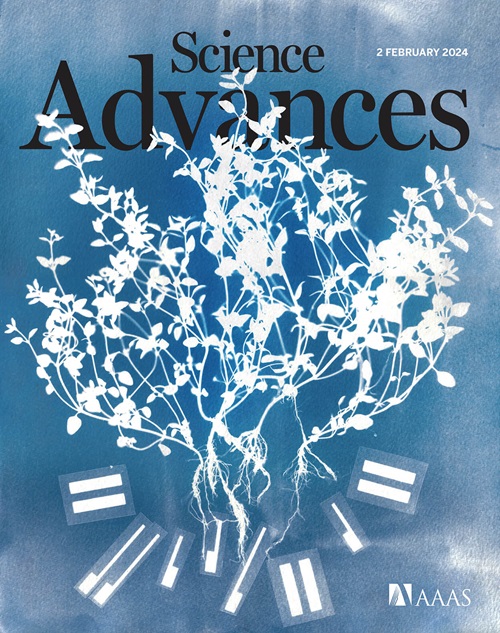Direct and indirect striatal projecting neurons exert strategy-dependent effects on decision-making
IF 11.7
1区 综合性期刊
Q1 MULTIDISCIPLINARY SCIENCES
引用次数: 0
Abstract
The striatum plays a key role in decision-making, with its effects varying with anatomical location and direct and indirect pathway striatal projecting neuron (d- and iSPN) populations. Using a mouse gambling task with a reinforcement-learning model, we described individual decision-making profiles as a combination of three archetypal strategies: Optimizers, Risk-averse, and Explorers. These strategies reflected stable differences in the parameters generating decisions (sensitivity to the reward magnitude, to risk, or to punishment) derived from a reinforcement-learning model of animal choice. Chemogenetic manipulation showed that dorsomedial striatum (DMS) neurons substantially affect decision-making, while the nucleus accumbens (NAc) and dorsolateral striatum neurons (DLS) have lesser or no effects, respectively. Specifically, DMS dSPNs decrease risk aversion by increasing the perceived value of risky choices, while DMS iSPNs emphasize large gains, affecting decisions depending on decision-making profiles. Hence, we propose that striatal populations from different subregions influence distinct decision-making parameters, leading to profile-dependent choices.
直接纹状体和间接纹状体投射神经元对决策具有策略依赖作用。
纹状体在决策中起着关键作用,其作用随解剖位置和直接和间接通路纹状体投射神经元(d-和iSPN)数量的不同而不同。使用一个带有强化学习模型的鼠标赌博任务,我们将个体决策描述为三种原型策略的组合:优化者、风险厌恶者和探索者。这些策略反映了产生决策的参数(对奖励大小、风险或惩罚的敏感性)的稳定差异,这些参数源自动物选择的强化学习模型。化学发生操作表明,背内侧纹状体(DMS)神经元显著影响决策,而伏隔核(NAc)和背外侧纹状体神经元(DLS)分别影响较小或没有影响。具体而言,DMS dSPNs通过增加风险选择的感知价值来降低风险规避,而DMS ispn强调大收益,根据决策概况影响决策。因此,我们提出,来自不同次区域的纹状体种群影响不同的决策参数,导致依赖剖面的选择。
本文章由计算机程序翻译,如有差异,请以英文原文为准。
求助全文
约1分钟内获得全文
求助全文
来源期刊

Science Advances
综合性期刊-综合性期刊
CiteScore
21.40
自引率
1.50%
发文量
1937
审稿时长
29 weeks
期刊介绍:
Science Advances, an open-access journal by AAAS, publishes impactful research in diverse scientific areas. It aims for fair, fast, and expert peer review, providing freely accessible research to readers. Led by distinguished scientists, the journal supports AAAS's mission by extending Science magazine's capacity to identify and promote significant advances. Evolving digital publishing technologies play a crucial role in advancing AAAS's global mission for science communication and benefitting humankind.
 求助内容:
求助内容: 应助结果提醒方式:
应助结果提醒方式:


